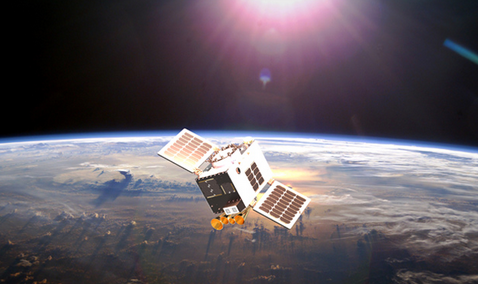Are LEO operators risking too much?
September 20, 2023

Once upon a time there were many would-be alternative cellular carriers expecting to tap into the world’s seemingly insatiable demand for bandwidth. Names such as WorldCom, Global Crossing and Teledesic each raised billions, and flew too close to the sun during the so-called Tech Boom, and each ended in bankruptcy.
The problem is that the history of the past is no guarantee that successes now will be assured. Look at that history:
WorldCom failed having overstated its assets by $11 billion, and became the largest-ever corporate accounting fraud case in US history. It went bust in 2002 with $41 billion of debt. Some 17,000 people lost their jobs and its CEO, Bernard Ebbers, went to prison.
Global Crossing filed for bankruptcy in 2002 having been valued at one stage at $47 billion and citing debts of $12.4 billion and assets of $22.4 billion. The company was hit by a series of scandals, including accounting fraud, insider trading, and the sale of underperforming assets. It emerged from bankruptcy and was eventually bought by Level 3 Communications for $3 billion, plus $1.1 billion of debt.
Teledesic, formed to build a global satellite internet constellation, and with spectacular funding from Bill Gates, Craig McCaw, Saudi Prince Alwaleed bin Talal and others. It managed to launch one satellite out of a planned 840 initial craft, later trimmed to 288. It was not helped by the commercial failure of Iridium (and 66 satellites) and Globalstar (48 satellites). Both Iridium and Globalstar have re-emerged and restructured from their bankruptcies and are active today.
But today’s satellite players also have a chequered history. Intelsat went bust, as did OneWeb, Speedcast and Global Eagle. All have emerged having lost their shareholders billions in the process.
Tim Farrar, of TMF Associates, asked in a Tweet recently whether today’s new Low Earth Orbit backers might be wrong in assuming that growth and demand for bandwidth would grow exponentially. “During the LEO constellations boom, many satellite providers operated on the mistaken assumption that data revenue was tripling every 10 years,” he wrote.
It is fair to say that in the 20 years or so since those key events times have changed, and today’s satellite operators would hope that their future is safer especially following on from the problems suffered by Intelsat and OneWeb.
However, there’s one key fact today: The past 20 years have seen hundreds of millions of users connected up to telephony, and mostly high-end services including 4G and 5G and WiFi connectivity has grown exponentially. Indeed, some would say that terrestrial services have leap-frogged those available from satellite.
There’s another fact: transponder prices today are a fraction of those charged 20 years ago. There’s even a third key fact: For the major operators, especially those with once-powerful DBS/DTH businesses, they are in a declining market.
But there’s also an upside for today’s players: They are more nimble. They – in the main – have multiple constellations at their disposal. Whether it’s SES and O3b, or Eutelsat with OneWeb or Viasat with Inmarsat (and Orchestra) or Intelsat and a probable LEO constellation, they have a much greater flexibility than their positions 20 years ago.
And satellite hardware prices have fallen. Rocket launching – thanks to Elon Musk – is much cheaper today. And high-throughput capacity, and multi-beam output, significantly boosts a satellite’s available bandwidth.
There’s more: Once Musk successfully flies his Starship then satellite launch costs will fall further.
Other posts by Chris Forrester:
- Virgin Galactic in stock split
- Thuraya-3 suffers major problem
- AST SpaceMobile hit by Class Action
- Optimism under threat at SES
- Rivada visits Terran Orbital’s manufacturing HQ
- Avanti wins spectrum debt obligation case
- SpaceX breaks records for re-use launchers
- IRIS2 already in trouble?
- Intelsat contemplates next steps
